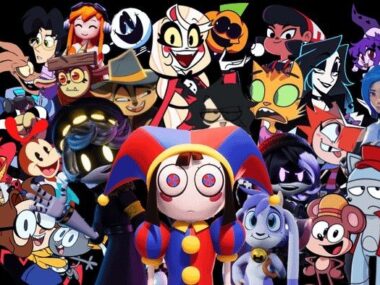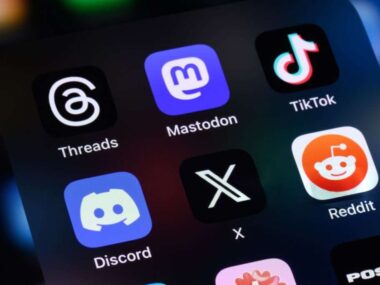What Went Wrong at Duolingo?
In April 2025, Duolingo announced its bold new direction: an “AI-first” strategy that would replace many of its human contractors with artificial intelligence. According to CEO Luis von Ahn, new hires would only be approved if their teams could prove that their work couldn’t be automated. The goal? Faster scaling. More courses. Fewer people.
From a business standpoint, it made sense. In just one month, AI helped Duolingo launch 148 new courses, many aimed at non-English speakers. But from a human standpoint? It was a disaster.
Public backlash came quickly. Users canceled subscriptions. Some deleted the app entirely. Even members of Duolingo’s own social media team publicly voiced their discomfort. The company responded by wiping its TikTok and Instagram feeds. Then returned days later with a cryptic masked video that only added fuel to the fire.
The damage was done.
This Isn’t Just About Duolingo
Yes, companies are shifting to AI. Yes, that means job losses. But there’s a bigger conversation we need to have. It starts with understanding what change should look like.
We’ve been through something like this before. When computers first became essential for business, entire departments were upended. Everything had been done by hand. Then came computers, and suddenly data entry was the hot job. People had to be retrained. Eventually, the demand for data entry dropped again because computers got smarter. Something else happened too. New jobs were created. Roles that didn’t exist before emerged, demanding higher skills and offering better pay.
That’s what we should be aiming for with AI.
Right now, AI is removing lower-skill, repetitive jobs. That part isn’t shocking. It should also be creating demand for higher-skill positions. Designers, analysts, AI trainers, quality reviewers. Instead, companies like Duolingo are skipping straight to automation with little regard for long-term workforce development.
Here’s the Real Problem
Duolingo’s leadership isn’t just embracing AI. They’re treating it like a PR win. That’s where they went wrong. The tone-deaf messaging wasn’t just poorly worded; it revealed a disturbing gap between the executive team and the real-world impact of their choices.
Luis von Ahn later claimed he was surprised by the backlash. That statement alone is disqualifying. In today’s climate, with increasing concern over AI displacing workers, no CEO should be caught off guard by public outcry. Especially not one leading an education company built on the backs of contractors and community goodwill.
If a CEO can’t anticipate how users and employees will respond to decisions that affect their livelihoods, are they equipped to lead the company into the future? No.
AI Is Duolingo’s Competition, Too
There’s another angle here that Duolingo seems to be ignoring: AI isn’t just their tool. It’s their competitor.
Let’s say I want to learn a new language. I can now use an AI tutor to explain grammar rules, simulate conversations, and answer my questions on demand. I don’t need to unlock lessons, watch ads, or navigate a gamified system that prioritizes streaks over real understanding.
Even before AI matured, people were already learning languages by watching subtitled YouTube videos or listening to foreign TV shows. AI just supercharged that. If Duolingo wants people to pay them instead of using free AI tools, they need to offer something truly better. Not just more content, but higher-quality, human-centric guidance that AI alone can’t replicate.
The Bigger Issue: Leadership Blind Spots
This controversy reflects a deeper pattern in tech: executives making sweeping changes without truly understanding how those changes affect people. And when the backlash comes, they’re “surprised.” It’s not just poor communication. It’s poor leadership.
Transparency is only valuable if it’s paired with accountability. Saying the quiet part out loud, “We’re replacing people with AI”, doesn’t earn you points if the strategy itself is flawed.
Investors may have cheered Duolingo’s decision. Their stock went up. But user trust went down. That’s not a trade-off any company should make lightly.
So, What Should Happen Now?
If companies are going to lean into AI, they need to:
- Retrain and upskill their current workforce, not discard them.
- Build tools that enhance human labor instead of replacing it wholesale.
- Communicate transparently and responsibly. Especially when jobs are at stake.
- Offer value that free AI tools can’t match.
If they fail at these things, users have every right to walk away.
The Duolingo controversy isn’t just a case of bad PR. It’s a warning sign. Tech leaders who fail to balance innovation with empathy will find themselves leading companies that may grow fast, but lose their soul in the process. AI isn’t inherently the enemy. Poor leadership is.
Want to win the future? Learn how to lead in it.






